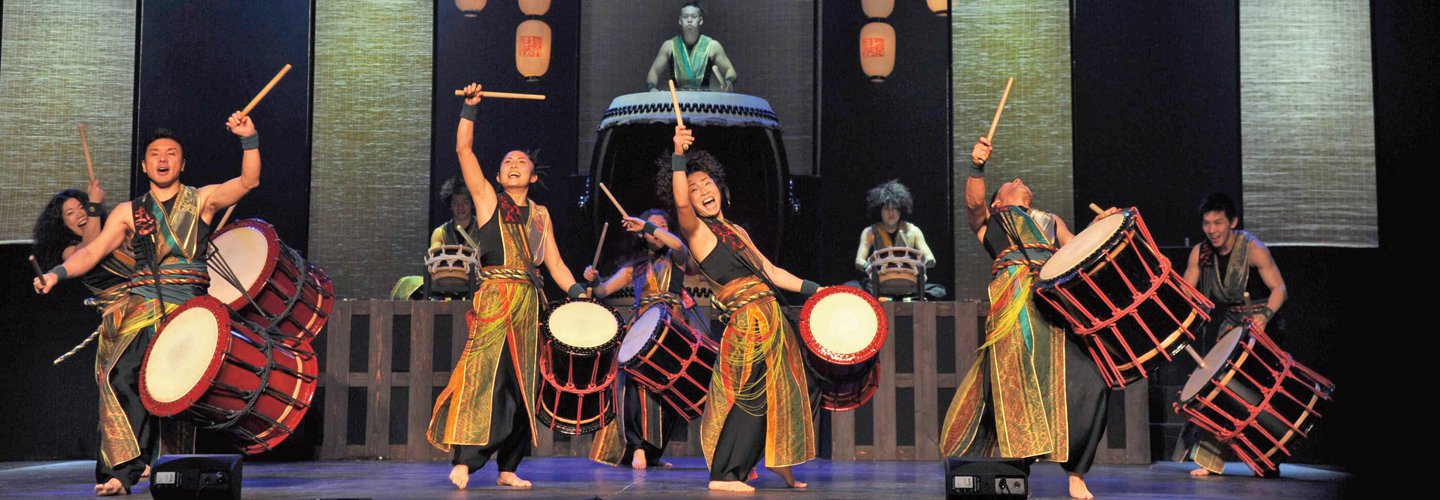Don kara, don kara, don don don! That’s the sound of taiko drums.
Taiko drums are traditional Japanese instruments. Musicians usually play them in groups with dance-like choreography. The drums have beautifully painted wood on the outside. But that’s only scratching the surface—some of their most impressive features go entirely unseen.
When crafting a taiko drum, drum makers carve repeated geometric patterns on the inside. Sometimes the drums are hand-carved from a single piece of wood over several weeks. Traditional patterns are often inspired by nature. Designs can look like turtle shells or fish scales. To finish the instrument, drum makers stretch material tightly over its ends, which hides the carvings from view.
Don kara, don kara, don don don! That’s the sound of taiko drums.
Taiko drums are traditional Japanese instruments. Musicians usually play them in groups. The musicians also move with dance-like choreography. The drums have beautifully painted wood on the outside. But that’s only scratching the surface. Some of their most impressive features are never seen.
When making a taiko drum, drum makers carve patterns on the inside of the drum. Sometimes the drums are hand-carved from a single piece of wood. The work is done over several weeks. Traditional patterns are often inspired by nature. Designs can look like turtle shells or fish scales. To finish the instrument, drum makers stretch material tightly over its ends. This hides the carvings from view.

